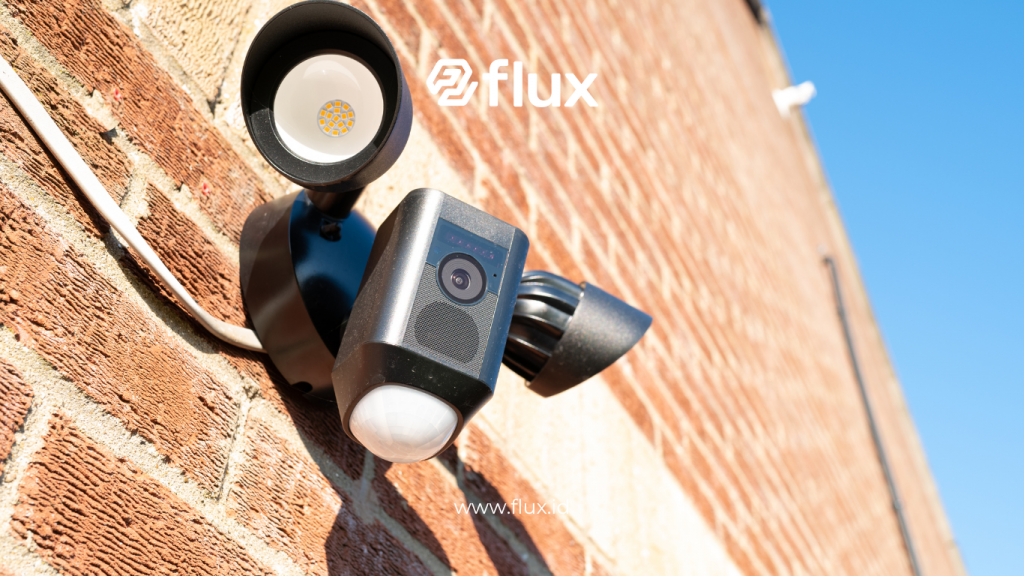Don't miss our holiday offer - 20% OFF!
As technology evolves, the demand for efficient and secure automation systems continues to grow. One key technology in automation systems is the PIR (Passive Infrared) sensor. This sensor detects motion by measuring changes in infrared radiation emitted by surrounding objects. This article will discuss the application of PIR in automation systems, its benefits, and usage examples across various sectors.
Contents
What is a PIR (Passive Infrared Sensor)?

Read More: Understanding How PIR (Passive Infrared Sensors) Work for Better Home Security
PIR, or Passive Infrared Sensor, is a type of sensor used to detect motion based on temperature changes in its surroundings. It works by capturing infrared radiation emitted by objects, especially humans or animals. When an object with a different temperature moves in front of the sensor, the PIR identifies it as a significant change and sends a signal to the control system.
How Do PIR Sensors Work?

Read More: IoT Sensors for Financial Departments: Enhancing Accuracy, Security, and Operational Efficiency
PIR sensors consist of a pyroelectric element capable of detecting levels of infrared radiation. When environmental changes occur, such as human or animal movement, this element generates a small electrical charge converted into a signal. This signal is then processed by the electronic system connected to the sensor to perform specific actions, such as turning on lights or activating an alarm.
- Detecting Temperature Changes: PIR sensors are sensitive to temperature changes caused by human or animal bodies. When movement is detected, these sensors will trigger a specific response.
- Use of Fresnel Lenses: These lenses help focus infrared radiation onto the sensor, allowing for more accurate motion detection.
- Coverage Area: PIR sensors typically have a wide coverage area, making them ideal for use in large rooms or open areas.
Benefits of Using PIR in Automation Systems

Read More: Optimizing Drought Monitoring: How Soil Moisture Sensors Work and Their Benefits
PIR sensors offer various benefits that make them popular in automation systems. Here are some of the main advantages:
1. Energy Efficiency
PIR sensors help save energy by activating devices only when needed. For example, lights can be programmed to turn on only when someone is in the room and automatically turn off when the room is empty. This not only reduces energy consumption but also lowers operational costs.
2. Enhanced Security
In security systems, PIR sensors function as motion detectors that can trigger alarms or record videos when movement is detected. This is particularly useful in preventing theft or intrusion in monitored areas.
3. User Convenience
PIR sensors also improve convenience by automating everyday tasks. For instance, these sensors can control lighting, heating, or air conditioning systems, adjusting them according to the presence of people in the room.
4. Integration with Other Systems
PIR sensors can easily integrate with other devices, such as surveillance cameras, alarm systems, and home automation systems, creating a more comprehensive and unified solution.
Examples of PIR Application in Various Sectors
1. Home Automation (Smart Home)
In smart homes, PIR sensors are often used to control lighting and HVAC (Heating, Ventilation, and Air Conditioning) systems. For instance, lights in corridors or bathrooms can automatically turn on when someone enters the area and turn off when no activity is detected. This saves energy and enhances occupant comfort.
2. Security in Commercial Buildings
In commercial buildings, PIR sensors are used as part of larger security systems. They can be placed at entrances, corridors, and sensitive areas to detect movement outside working hours, triggering alarms or notifying security personnel.
3. Application in Public Areas
PIR sensors are also used in public areas such as parks, parking lots, and other public spaces to control street lighting or children’s play areas. This application not only enhances security but also reduces energy consumption.
4. Industry and Factories
In industrial settings, PIR sensors detect worker presence in specific areas, activate equipment or machines, and ensure that equipment is not running when not needed. This helps improve operational efficiency and reduce the risk of accidents.
5. Healthcare Sector
In hospitals and healthcare facilities, PIR sensors monitor patient movement, particularly in intensive care units and elderly wards. The system can alert staff if a patient leaves their bed or designated area, enabling a quick response.
Challenges in Using PIR Sensors

While PIR sensors have many benefits, some challenges are associated with their use:
1. Sensitivity to Ambient Temperature
PIR sensors may be less effective in environments with constant temperatures close to human body temperature, such as tropical areas. This can lead to reduced detection accuracy.
2. Limited Detection Range
PIR sensors typically have a limited detection range, generally around 5-10 meters. This may not be sufficient for some outdoor applications or large rooms.
3. Interference from Non-Human Objects
These sensors can be triggered by the movement of other heat-emitting objects, such as pets, potentially causing false alarms.
Innovations and the Future of PIR Sensors
With technological advancements, PIR sensors continue to improve in accuracy, detection range, and integration with other systems. Developing smart sensor technology that can distinguish between humans and non-human objects is one area of future innovation.
1. Integration with AI and IoT
With AI and IoT (Internet of Things) integration, PIR sensors can become smarter and more contextual. For example, sensors can learn from daily movement patterns and adjust their responses, such as adapting lighting levels or room temperatures based on user habits.
2. Lower Energy Usage
Innovations in PIR sensor technology also aim to reduce energy consumption, making them more efficient for various applications, including portable and wireless devices.
Conclusion
The application of PIR (Passive Infrared Sensors) in automation systems offers numerous benefits, from energy efficiency and enhanced security to user convenience. These sensors are widely used across various sectors, including home automation, commercial building security, public areas, industry, and healthcare. Despite facing some challenges, ongoing innovations aim to improve the capabilities and efficiency of PIR sensors. The future of PIR sensors looks promising, especially with integrating AI and IoT technology that promises smarter and more adaptive automation systems.





